Exploring Paro Valley: Unveiling Bhutan's Charming Town of Cultural Marvels
Paro valley of Bhutan, the serene town of Paro is a hidden gem awaiting exploration. Embraced by pristine wilderness and adorned with graceful willow trees lining its winding pathways, Paro captivates visitors with its tranquil allure. This quaint Bhutanese town boasts an array of captivating attractions that cater to every traveler’s preference.
mmerse yourself in Paro’s rich history by exploring ancient fortresses and revered monastery sites that echo the region’s cultural heritage. Delight in the picturesque landscapes adorned with lush apple orchards, offering a scenic retreat for nature enthusiasts.
Paro is renowned for its significant landmarks and promises an enchanting experience for all who venture here. A visit to this charming town is an essential highlight of any Bhutanese journey, leaving travelers spellbound with its beauty and cultural significance. Explore Paro, and let its charm weave unforgettable memories during your Bhutanese escapade!
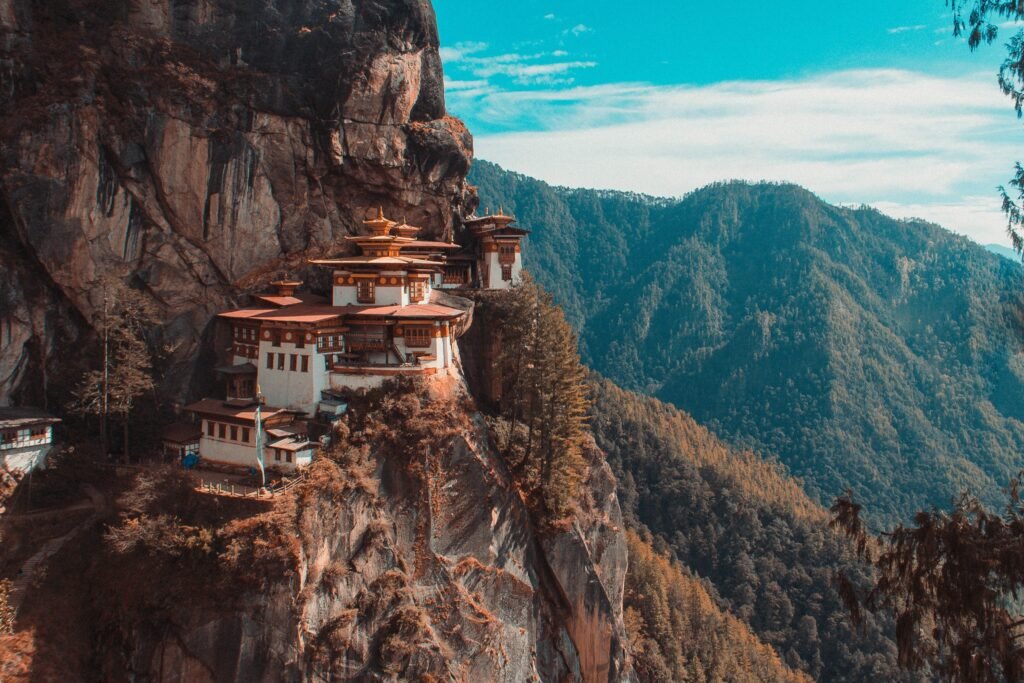
Tiger’s Nest Monastery
Tiger’s Nest, or Paro Taktsang, is a Buddhist monastery located in the Paro Valley of Bhutan. The monastery is situated on a cliff about 900 meters above the Paro Valley, offering stunning views of the surrounding landscape. The Tiger’s Nest is one of the most popular tourist destinations in Bhutan, and visitors can reach the monastery via a steep hike through the forested mountainside. The hike takes approximately 2-3 hours each way and can be quite challenging, but it is well worth the effort for the breathtaking views and the chance to experience this sacred site. Inside the monastery, visitors can explore a number of temples and shrines, many of which are adorned with intricate murals and other works of art.

Rinpung Dzong
Rinpung Dzong is a Buddhist monastery and fortress located in Paro, Bhutan. It was built in the 17th century by the famous architect, Zhabdrung Ngawang Namgyal. The dzong is known for its beautiful traditional Bhutanese architecture and is one of the largest dzongs in Bhutan. One of the most famous events held at Rinpung Dzong is the Paro Tsechu, a religious festival that takes place annually and involves colorful masked dances, music, and other festivities. Rinpung Dzong is an impressive and culturally significant site that is well worth a visit for anyone interested in Bhutanese history and culture.

National Museum of Bhutan
The museum was established in 1968 and is housed in a beautiful building that was once a watchtower overlooking the city. The museum’s collection includes a wide range of artifacts that showcase Bhutan’s rich cultural heritage, including traditional textiles, weapons, and art. One of the museum’s highlights is the collection of thangkas, or religious paintings on cloth, which are considered to be some of the finest examples of this art form in the world. The museum offers a fascinating insight into Bhutan’s unique identity and provides visitors with a deeper understanding of the country’s culture and traditions.
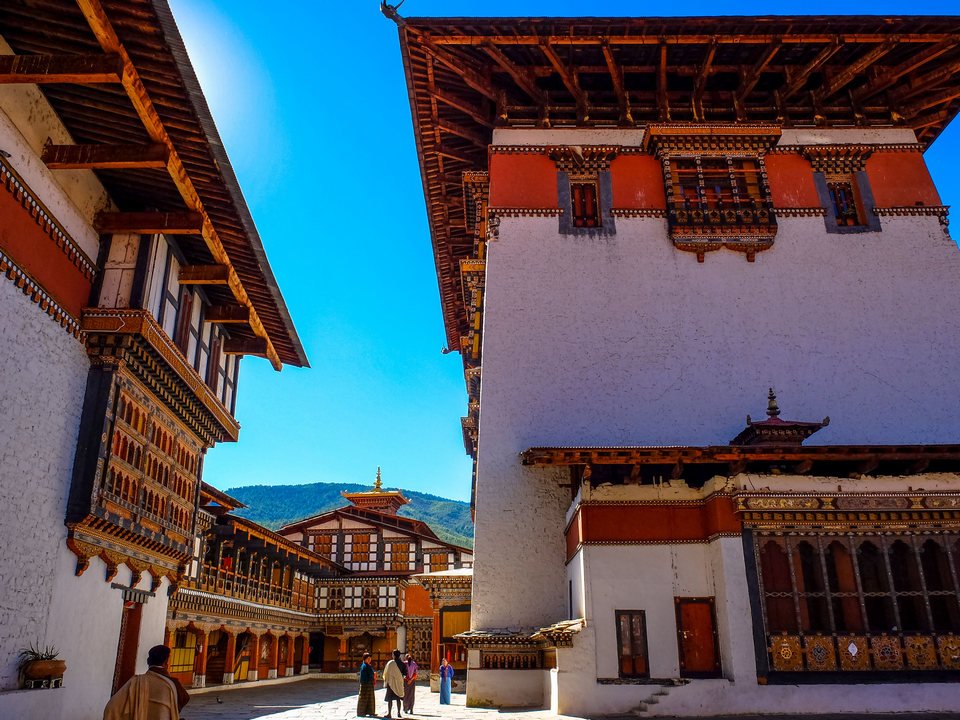
Kyichu Lhakhang
Kyichu Lhakhang is a sacred Buddhist temple located in the Paro Valley of Bhutan. The temple is believed to have been built in the 7th century by the Tibetan King Songtsen Gampo, who is said to have built 108 temples in one day to subdue a demoness who was hindering the spread of Buddhism.The temple is known for its beautiful traditional Bhutanese architecture and is home to a number of important religious artifacts, including a statue of Jowo Sakyamuni, one of the most revered figures in Buddhism. Kyichu Lhakhang is a fascinating and spiritually significant site that offers visitors a glimpse into the rich cultural and religious traditions of Bhutan.
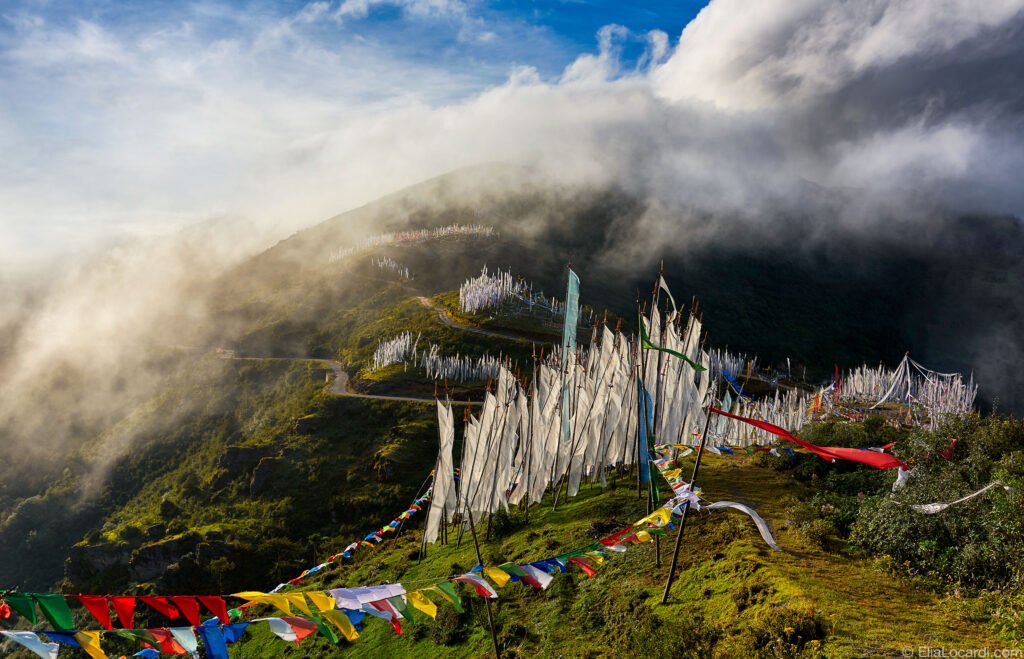
Chele La Pass
Chele La Pass is a scenic mountain pass located in the Haa Valley of Bhutan. At an altitude of over 3,900 meters, it is one of the highest passes in Bhutan and offers breathtaking views of the surrounding Himalayan mountains and valleys. The pass is also home to a variety of flora and fauna, including wildflowers, yaks, and the elusive snow leopard. Visitors can take in the beauty of the pass and enjoy a picnic or hike along the many scenic trails in the area. The pass is also an important pilgrimage site for Bhutanese Buddhists, who visit the nearby Kila Nunnery and Chakhar Lhakhang temple to offer prayers and seek blessings.
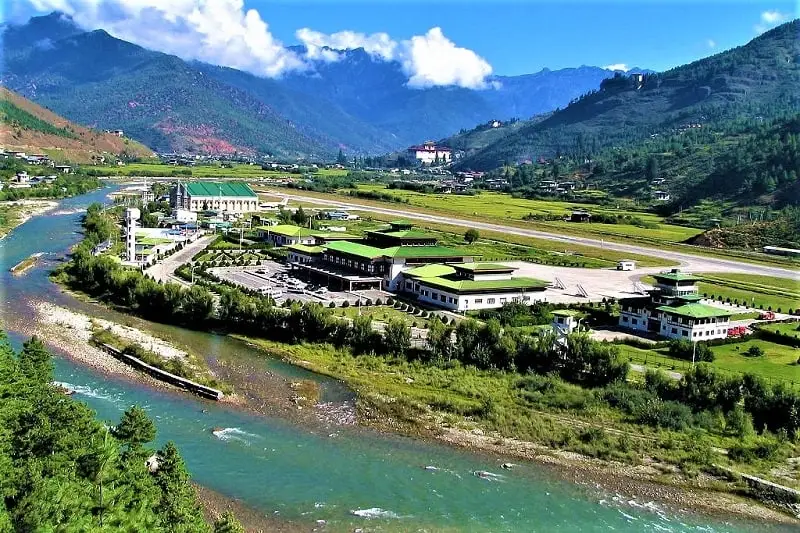
Paro Airport View Point
At this vantage point, prepare to be captivated by the jaw-dropping aerial views of the Paro Valley. Perched strategically, this viewpoint offers a front-row seat to witness the thrilling landings and takeoffs of aircraft navigating the valley’s challenging terrains. The sight of planes maneuvering through the towering mountains is a mesmerizing experience in itself, making this spot a haven for aviation enthusiasts and nature lovers alike. Beyond the aviation allure, the panoramic vistas from this viewpoint are truly awe-inspiring. The lush greenery, majestic mountains, and the serene Paro River flowing gracefully through the valley paint a scene straight out of a postcard.

Paro Weekend Market
Every weekend, this lively market comes alive with an array of colors, aromas, and sounds that weave together to create an authentic Bhutanese experience. Wander through the maze of stalls adorned with a kaleidoscope of local handicrafts, traditional garments, and unique souvenirs crafted by skilled artisans.
Engage with friendly locals and immerse yourself in their warm hospitality while you explore the market’s offerings. Feel the rhythm of Bhutanese life as traders and buyers come together to share stories, laughter, and traditions that have been passed down through generations.
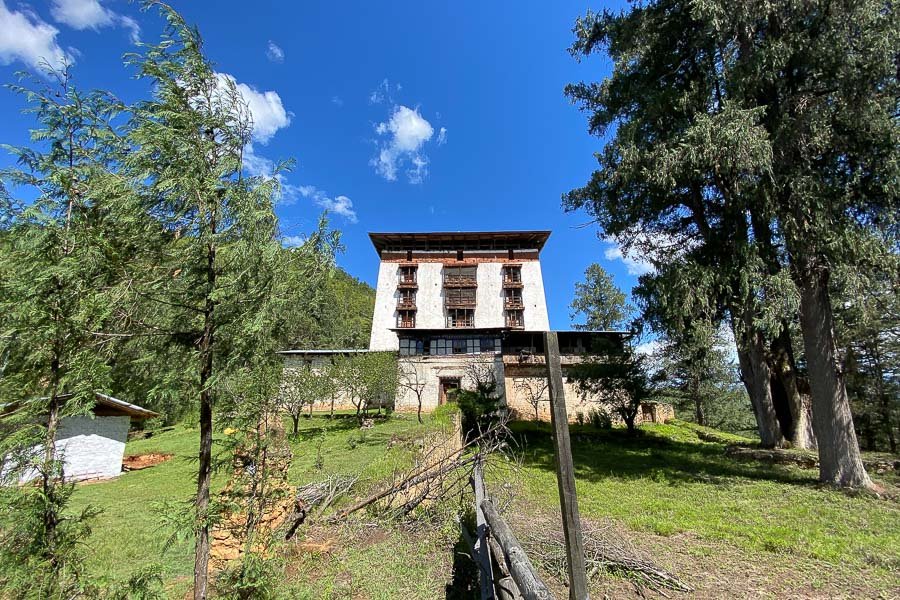
Zuri Dzong Fort
Tucked away amidst the serene landscape of Paro, Bhutan, stands the historic Zuri Dzong Fort, an architectural marvel steeped in cultural significance and rich history.
Perched strategically on a hilltop, Zuri Dzong offers visitors a captivating journey back in time. This ancient fort, dating back to the 14th century, serves as a testament to Bhutan’s glorious past and enduring heritage. Its name, Zuri, meaning “iron fort,” reflects the strength and resilience embodied within its walls. Zuri Dzong Fort, besides its historical significance, also serves as a serene religious retreat. It houses temples and meditation halls where monks and devotees continue their spiritual practices, contributing to the site’s sacred ambiance.

Ugyen Pelri Palace
The verdant landscapes of Paro, Bhutan, lies the magnificent Ugyen Pelri Palace, a captivating testament to Bhutanese architectural brilliance and regal splendor.
Built as the former residence of Paro’s royal family, this majestic palace stands as a homage to Bhutan’s rich heritage and the refined taste of its royals. Ugyen Pelri Palace exudes an air of grandeur, with its traditional Bhutanese architectural elements adorned with intricate artwork and vibrant colors. Enveloped by the natural beauty of Paro Valley, Ugyen Pelri Palace serves as a fascinating testament to Bhutan’s past, inviting visitors to appreciate its architectural finesse and royal legacy.
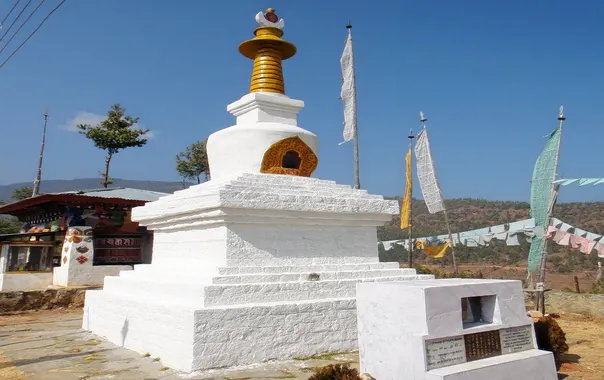
Dasho Nishioka Chorten Museum
An awe-inspiring sight, the Dasho Nishioka Chorten stands as a tribute to Dasho Nishioka, a revered figure who revolutionized Bhutan’s agriculture by introducing modern techniques and tools. His altruistic efforts significantly enhanced the nation’s agricultural landscape, uplifting countless lives and fostering prosperity.
This monumental stupa serves as a testament to Bhutanese gratitude, honoring the profound impact of Dasho Nishioka’s benevolence. A visit to this sacred site is an opportunity to witness firsthand the nation’s deep appreciation for his invaluable contributions towards the betterment of Bhutan’s agricultural heritage.
Phone Support
24 HOURS A DAY
(+975) -17537171
Copyright © Hotel Kaachi Grand 2023

